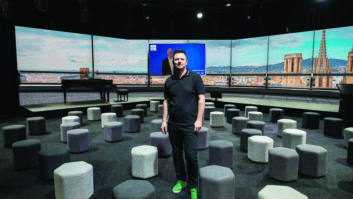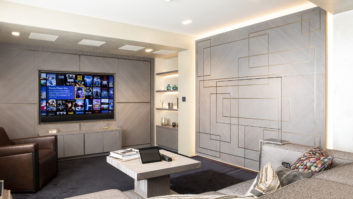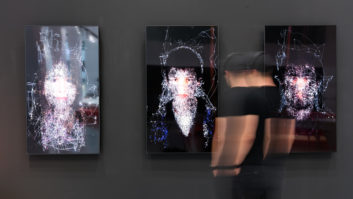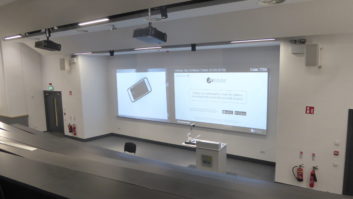One of the perks of being a technology journalist is the chance to attend demonstrations of the latest audiovisual equipment. There’s one drawback to such occasions, though: I sometimes find myself getting swept up in the plot of the film clip, or being transported by the song I’m being played, to the extent that I forget to step outside the content and think about how well the kit that is being demo’d is carrying out its function.
Of course, this is a perfectly natural response for someone who isn’t a technology journalist. If you’re paying too much attention to things other than the content, you probably aren’t enjoying the content enough. I’ve read that some film directors deliberately put in small continuity errors to check the strength of their storytelling: for instance, a left hand in a close-up shot may become a right hand in a longer shot – if the mistake is noticeable, the story isn’t compelling enough.
It may sound like a contradiction, but I believe that the best technology installations are the ones where you don’t notice the technology at all. If it’s tech you’re experiencing passively – such as a film, a concert or a presentation – you should be too engrossed in the content to think about how many channels of audio there are or how good the switching equipment is. With technology you’re using hands-on, it should be so familiar to you that you don’t have to think about how you use it – you just get on with the task.
Marc Weiser, regarded as the father of ubiquitous computing, said something similar in his 1991 essay The Computer for the 21st Century: “The most profound technologies are those that disappear. They weave themselves into the fabric of everyday life until they are indistinguishable from it.”
To go to the other end of the spectrum for a moment, I think this is why computers can be so frustrating when they slow down, crash or throw up bugs: when that happens, you’re rather more aware of the technology than you want to be and not getting any of the result, or the content, that you want.
Hide and seek
Systems integrators have long been experts hiding technology away – in racks, lecterns or ceilings – or blending it in with its surroundings. They’re also good at making complexity disappear, by designing intuitive user interfaces whose simplicity belies the high level of sophistication underneath. But the next challenge – and one that implies greater co-operation with other disciplines – is creating installations where the experience is so compelling that the audience doesn’t notice how it’s being delivered at all.
InfoComm International currently has an initiative called Creating Exceptional Experiences – in which it encourages its members to think of themselves as being in the experience-selling business. Technology is one factor here, of course, but just as important are the spaces in which the experience is delivered, and the content that is at its heart. As executive director and CEO David Labuskes wrote recently: “If we are to move ahead as an industry, we need to be creating immersive, total experiences that communicate something rich in meaning.”
Another way of thinking about this is that, when an integrated AV or electronic system is being deployed, the only people who should be contemplating the technology are the tech professionals – which includes integrators, consultants and, yes, journalists. Everyone else should just be enjoying the experience.







